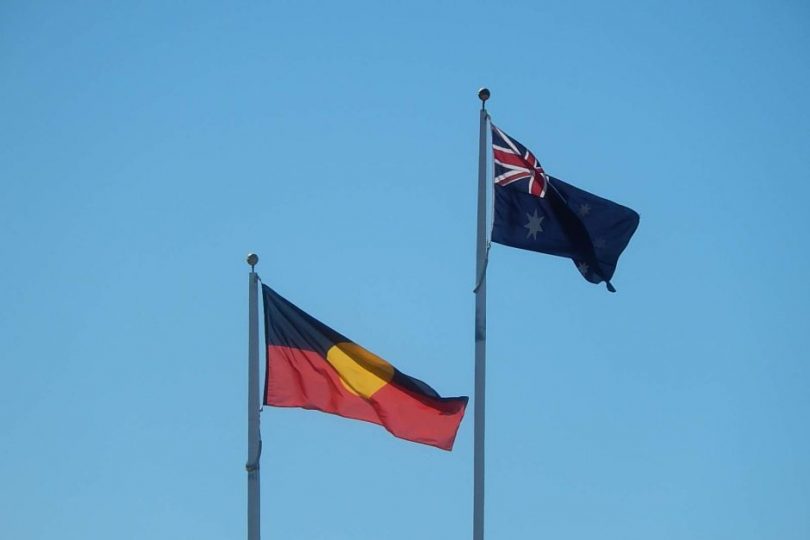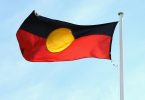Flickr: Michael Coghlan
In the 2014 Indigenous Expenditure Report, the Australian Government Productivity Commission released data with the aim of gaining a clearer understanding of the efficiency of government spending on Aboriginal and Torres Strait Islander Affairs.
The report estimated that during 2012-2013 Governments spent 30.3 billion on a range of Indigenous services, including mainstream and Indigenous specific services, and found that expenditure on Aboriginal and Torres Strait Islander Australians accounted for 6.1 percent of total Government expenditure.
The health crisis for Indigenous Australians is still a far reaching and prominent issue in modern Australia, where the life expectancy of Aboriginal and Torres Strait Islander people is still 10–17 years less than other Australians.
Matthew Cooke, Chair of the National Aboriginal Community Controlled Health Organisation (NACCHO) commented on the issue in a recent press release on NACCHO’s media communication page.
“In a wealthy country such as Australia, I am appalled by the unacceptable gap in the health of Aboriginal people and non-Aboriginal people,” he said.
Since being elected in November 2014, Mr Cooke has been a Chairperson of the organization, who are the national peak Aboriginal health body representing Aboriginal Community Controlled Health Services throughout Australia.
Between 2012-2013, Government expenditure per person on Aboriginal and Torres Strait Islander Australian’s public and community health services ranged between $1491 in Tasmania and $5385 in the Northern Territory. The Government’s total recurrent health expenditure per person in those states during that same period were $6008 and $8402 respectively.
[infogram id=”b827e136-afef-4d80-9a46-f845f1a35b9c”]Linda Burney, Member for Barton and Shadow Minister for Human Services says, “funding for Indigenous Affairs is not always particularly transparent so it is difficult to say with certainty whether adequate funding is being provided.”
In this regard, data such as the 2014 Indigenous Expenditure Report plays an important role in facilitating communication between Governments and the community. Without specific data of the total Government expenditure on Indigenous Affairs, it is difficult to analyse the effects of various programs and Government implemented policy.
“$4.9 billion for the Government’s Indigenous Advancement Strategy does not include all of the national partnership agreements, State Government contributions or the specific allocations in each portfolio – so in a way I am more concerned with how funding is being spent,” said Ms Burney.
In 2008, the Council of Australian Governments (COAG), set a series of targets aimed at closing the health gap between Indigenous and non-Indigenous Australians. Targets included, closing the gap in life expectancy by 2031; halving the gap in mortality rates for Indigenous children under five by 2018; ensuring access to early childhood education for all Indigenous four year olds in remote communities by 2013; halving the gap in reading, writing and numeracy achievements for children by 2018; halving the gap for Indigenous students in Year 12 (or equivalent) attainment rates by 2020; and halving the gap in employment outcomes between Indigenous and other Australians by 2018.
The Human Rights Commission have since released the Progress and Priorities Report 2016, which states that although there has been some progress in efforts to close the health gap, these efforts have been minimal.
The report recommends that we have nationally coordinated action, supported by all levels of Government in order to achieve progress in closing the gap. The report also advises that there needs to be an overall increase in resources directed towards Aboriginal and Torres Strait Islander health.
With regard to long term solutions for closing the gap Mr Cooke says, “We need sustained investment in evidence-based programs for Aboriginal people, through Aboriginal community controlled health services.”
Ms Burney echoed this statement, noting that, “the most effective solutions come from inside communities, not those imposed on them.”





